When it comes to building a balanced and sculpted upper body, focusing on all three heads of the deltoids is crucial. While many people focus on the front and lateral delts, the rear delts are often neglected. Strengthening the rear deltoids can improve posture, shoulder stability, and overall shoulder aesthetics. One of the most effective ways to isolate and target this area is with the machine rear lateral raise. In this article, we'll explore the benefits of the rear lateral raise machine, its proper usage, and how it compares to other rear delt exercises.
What is the Rear Lateral Raise Machine?
The rear lateral raise machine is a gym equipment specifically designed to isolate and strengthen the rear deltoids (posterior delts). Unlike free-weight exercises like dumbbell rear delt raises, this machine provides stability and control, making it an excellent option for targeting the rear delts without the risk of improper form.
Most machines in this category are adjustable to suit different body types and allow for a natural, fluid range of motion. The main difference between this and other machines, like the machine rear delt raise, is the angle and position of the handles, which are specifically designed to work the rear deltoids.
How to Use the Rear Lateral Raise Machine
-
Set Up: Adjust the seat and handles to fit your body. The handles should be at about shoulder height or slightly lower, depending on your personal comfort.
-
Position Your Body: Sit with your chest against the backrest and grasp the handles. Keep your feet flat on the floor, and brace your core.
-
Perform the Exercise: Push the handles out and backward, keeping your arms slightly bent at the elbows. Focus on squeezing your shoulder blades together as you raise the handles, and keep the movement controlled.
-
Return Slowly: Slowly return to the starting position without letting the weight stack crash. This ensures constant tension on the muscles and helps build more strength and size in the rear delts.
Benefits of the Rear Lateral Raise Machine
-
Isolation of the Rear Delts: The rear lateral raise machine allows for better isolation of the rear deltoids compared to other exercises like the machine rear raises or barbell exercises. By stabilizing the body, the machine reduces the use of secondary muscles, allowing for maximum activation of the rear delts.
-
Improved Posture: Weak rear delts can lead to poor posture and rounded shoulders. Using the rear lateral raise machine can help strengthen these muscles, which in turn can improve posture and reduce the risk of shoulder injuries.
-
Better Control and Safety: The machine offers greater control than free weights, making it a great choice for beginners or those looking to lift heavier with better form. The fixed path of motion helps prevent cheating, ensuring that you hit the right muscle group every time.
-
Consistency: With the machine rear lateral raise, there’s less chance for form breakdown, allowing you to maintain a consistent range of motion throughout your sets. This is especially beneficial for targeting the rear delts effectively.
Machine Rear Delt Raises vs. Dumbbell Rear Delt Raises
While both the machine rear raises and dumbbell rear delt raises are effective for building rear deltoid strength, they offer different advantages:
-
Dumbbell Rear Delt Raises: These exercises require more stabilization from the surrounding muscles, including the traps and rhomboids. While they are excellent for overall shoulder development, they can sometimes lead to form breakdown due to fatigue.
-
Machine Rear Lateral Raises: The machine removes the need for stabilization, allowing you to focus purely on the rear deltoids. This is great for those who are recovering from injury or looking for a safer alternative. The machine also allows for a more controlled and consistent range of motion.
How to Integrate the Machine Rear Lateral Raise into Your Workout Routine
The machine rear lateral raise should be included as part of your shoulder or upper back training routine. Here’s an example of how you might structure your shoulder workout:
- Warm-up: Light cardio and dynamic shoulder stretches
- Overhead Press (Barbell or Dumbbell): 4 sets of 8-10 reps
- Machine Lateral Raises: 3 sets of 12-15 reps
- Machine Rear Lateral Raise: 3 sets of 12-15 reps
- Dumbbell Front Raises: 3 sets of 10-12 reps
- Cool down: Stretching and mobility work
By using a combination of free weights and machine exercises like the machine rear lateral, you can build well-rounded deltoid development, prevent muscle imbalances, and promote shoulder health.
Final Thoughts
Incorporating the rear lateral raise machine into your workout routine is a great way to effectively target the rear deltoids with better control and form. Whether you’re looking to improve posture, enhance shoulder aesthetics, or build strength, this machine is a valuable tool. Be sure to combine it with other compound movements for a complete shoulder training program, and always focus on maintaining proper technique to get the best results.






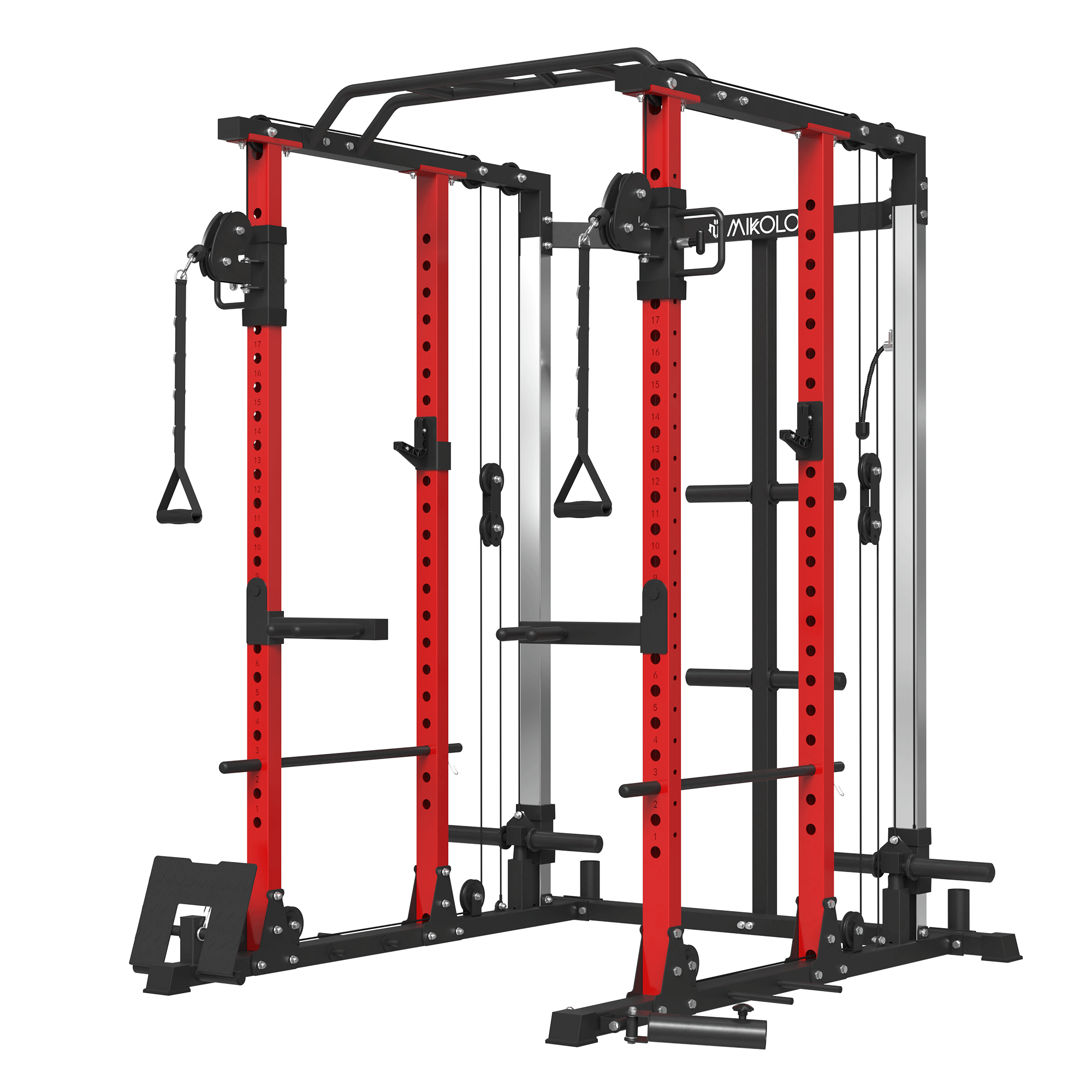



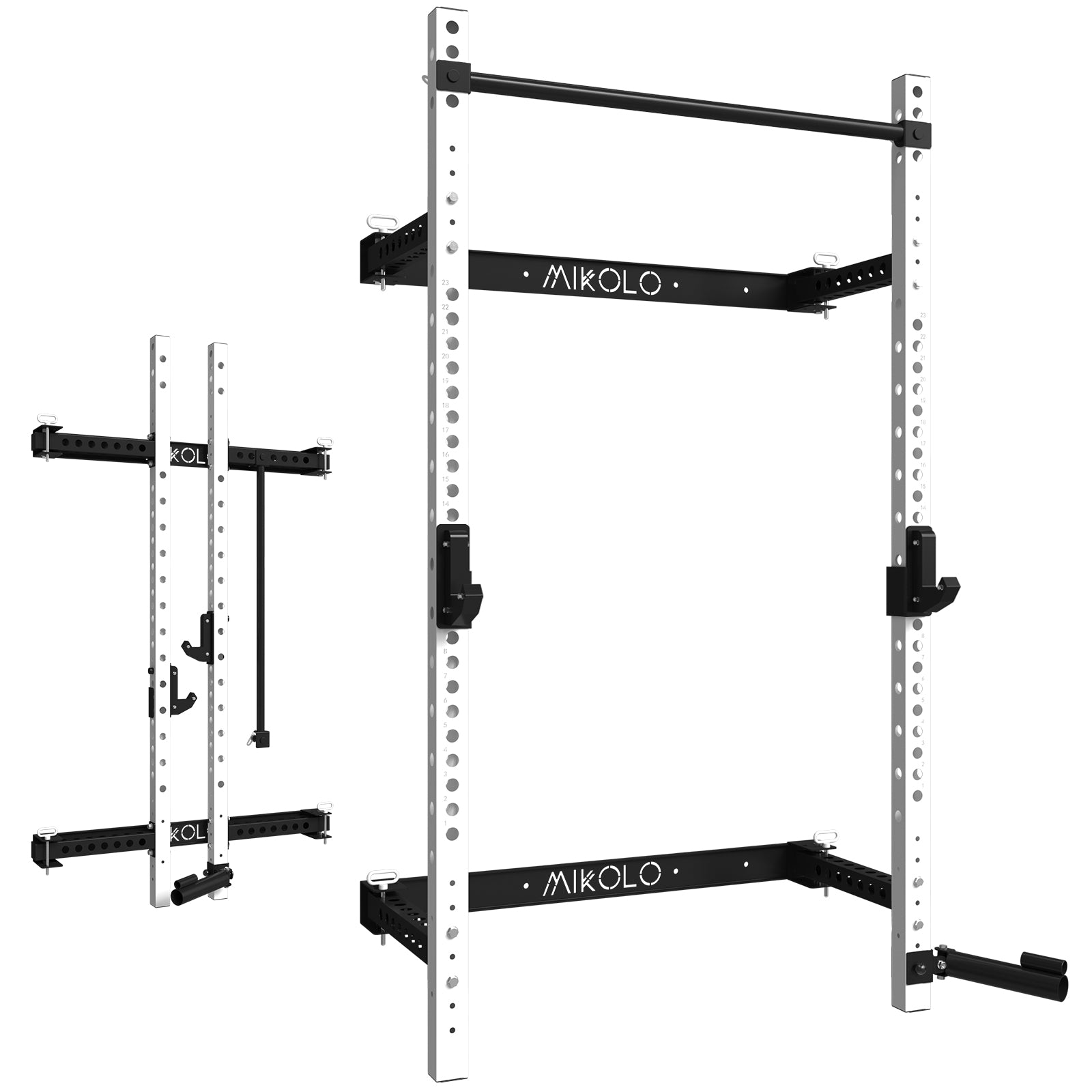









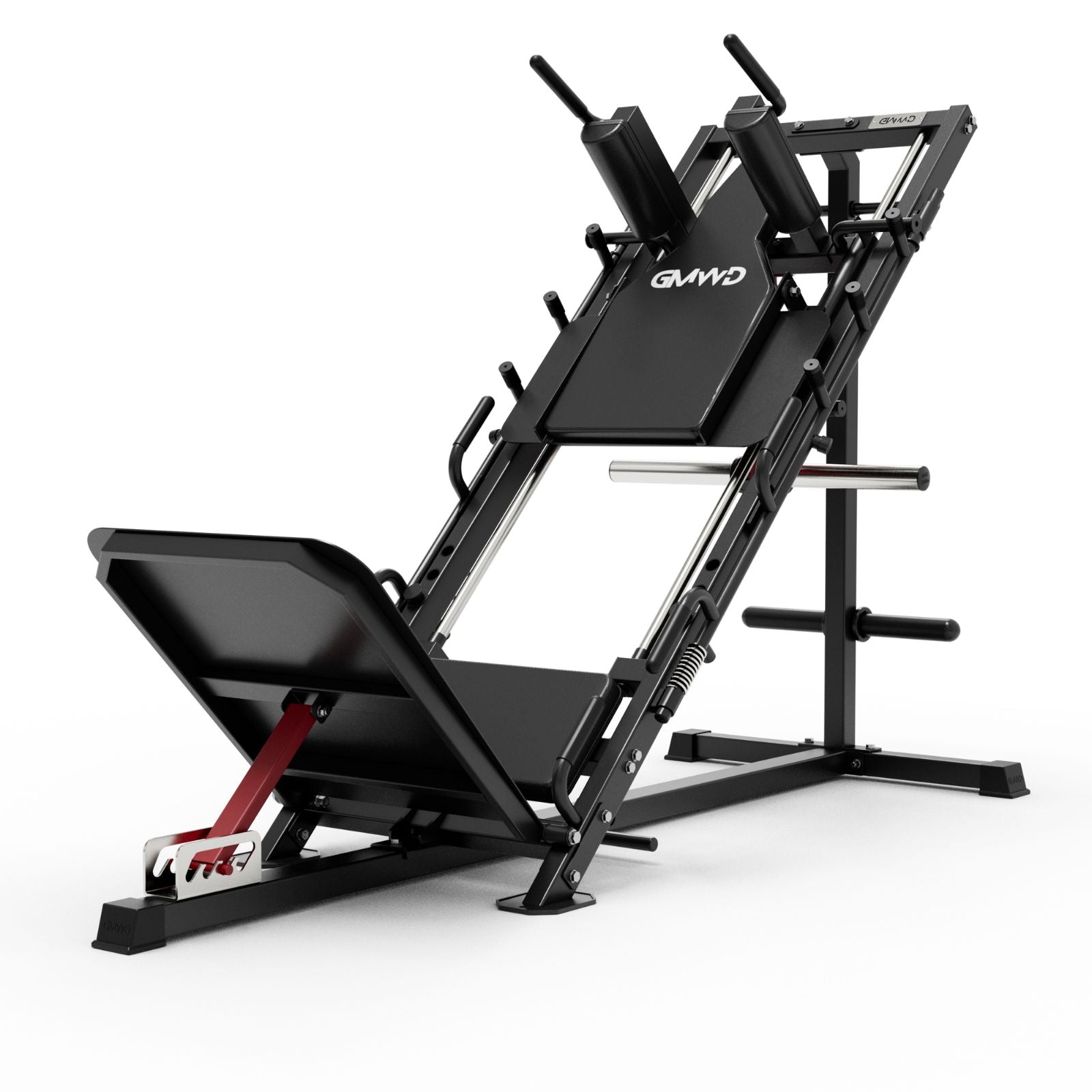







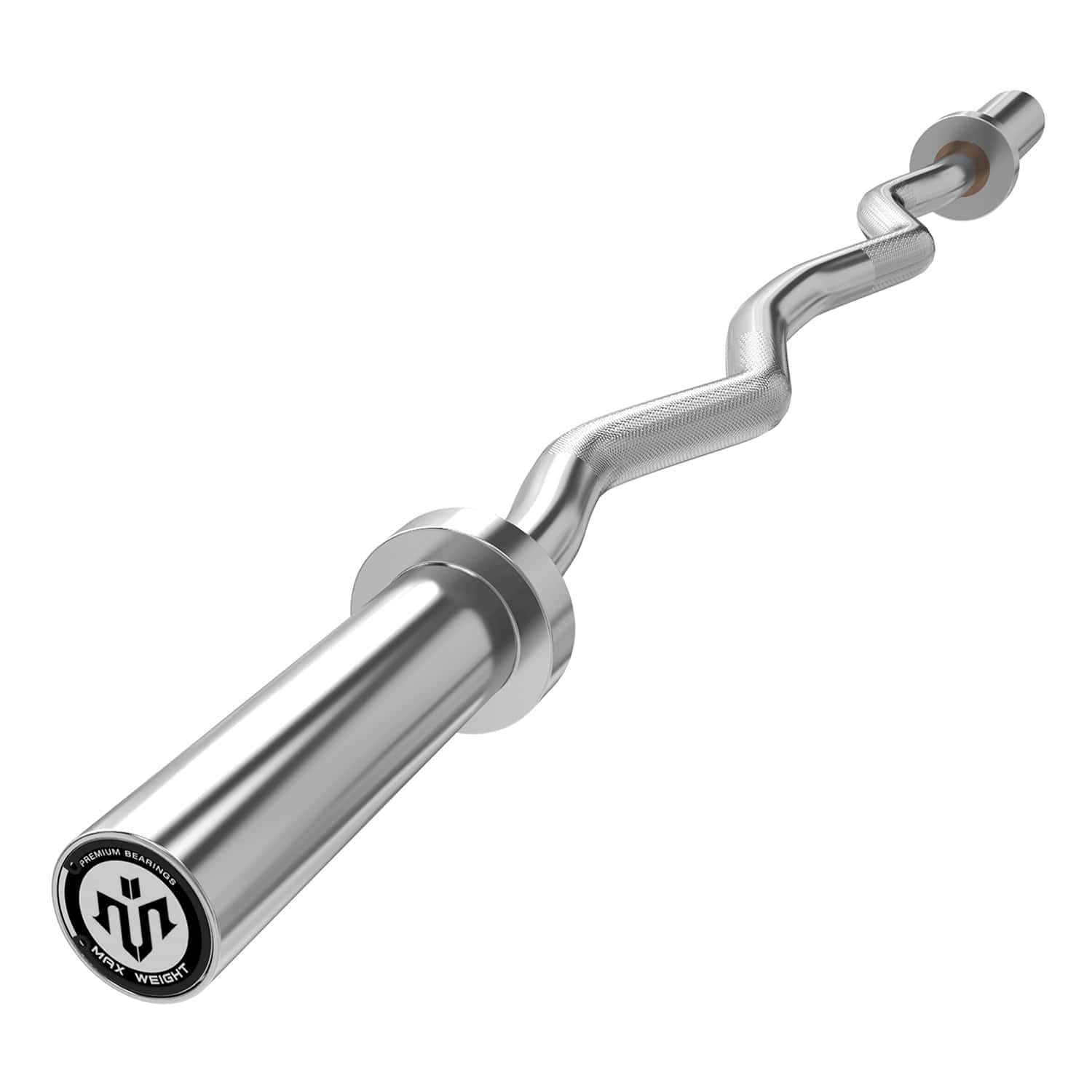
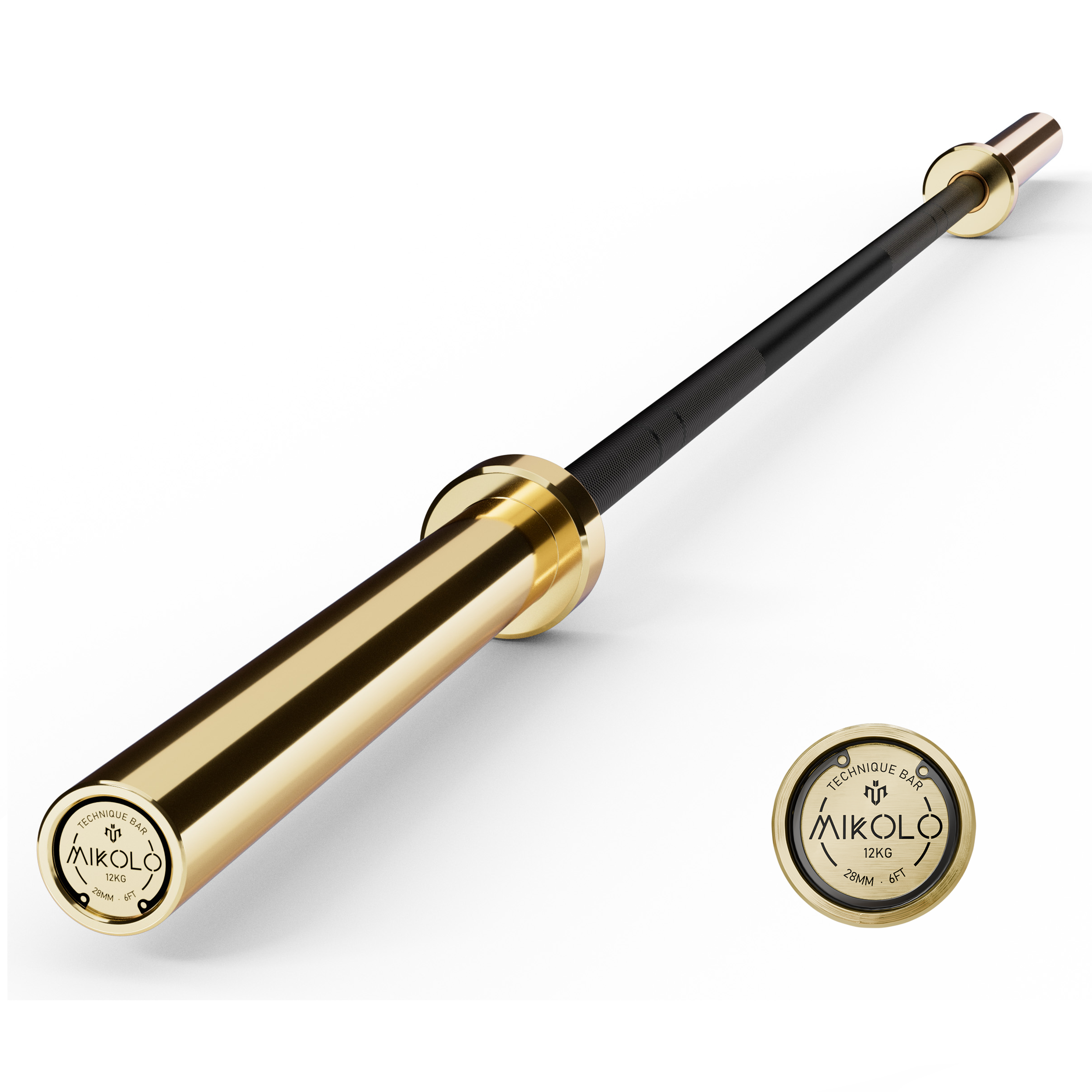


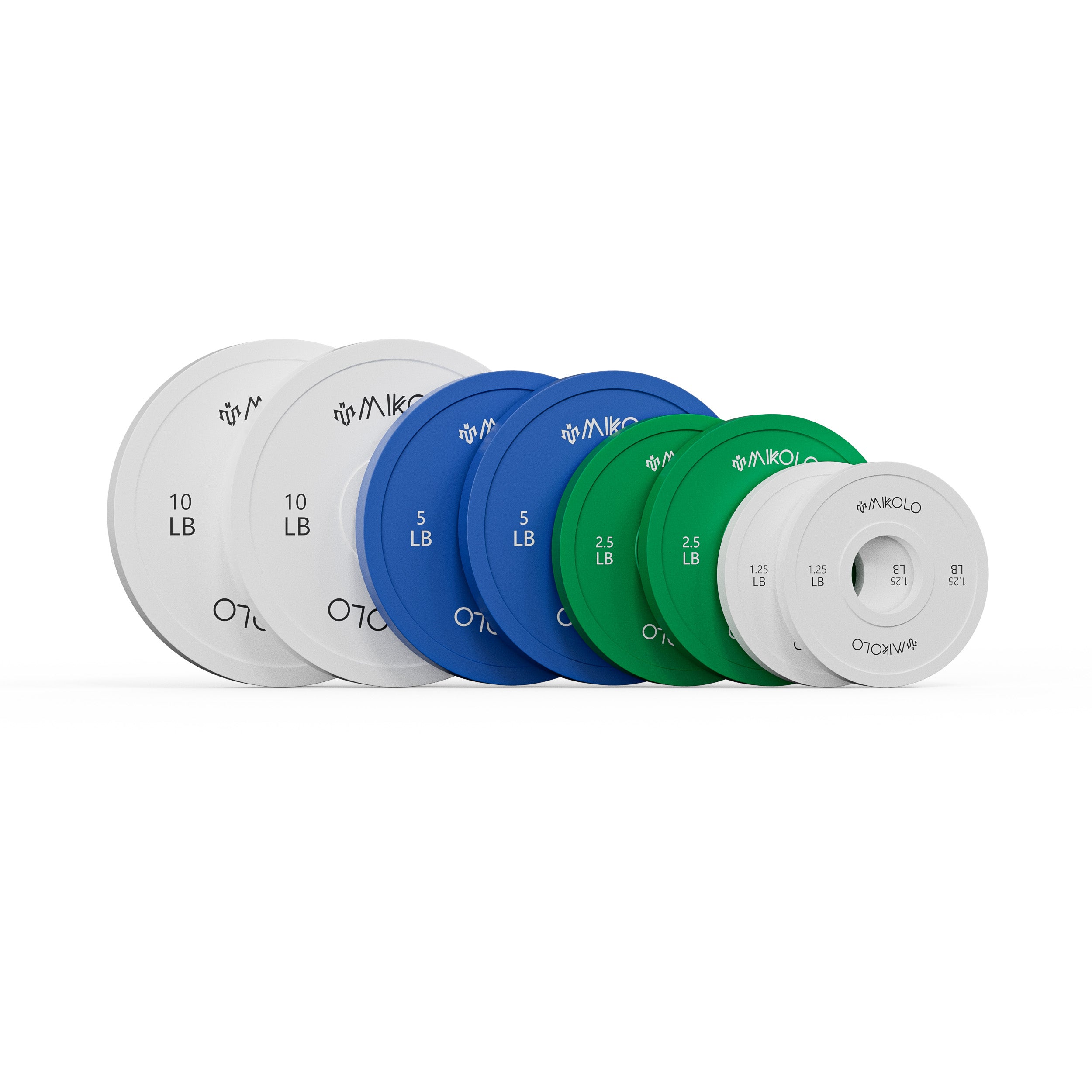



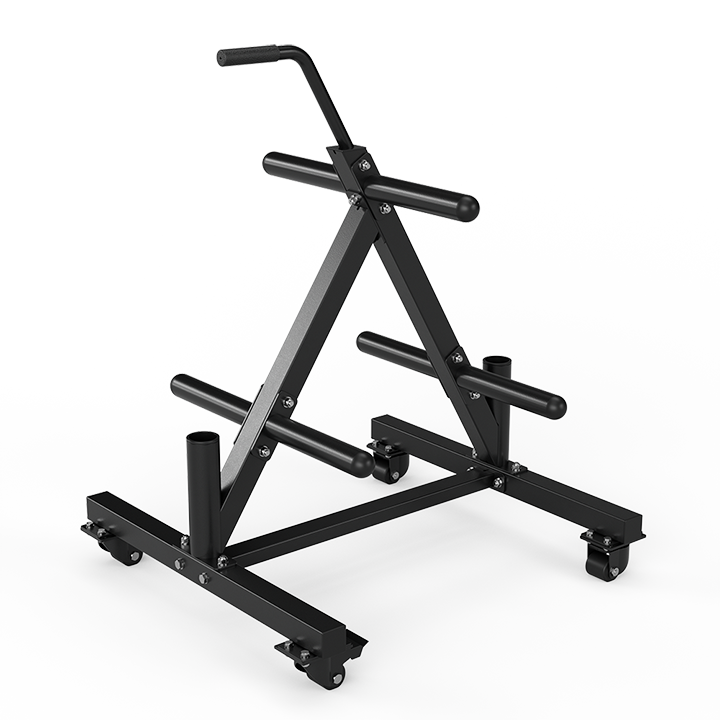
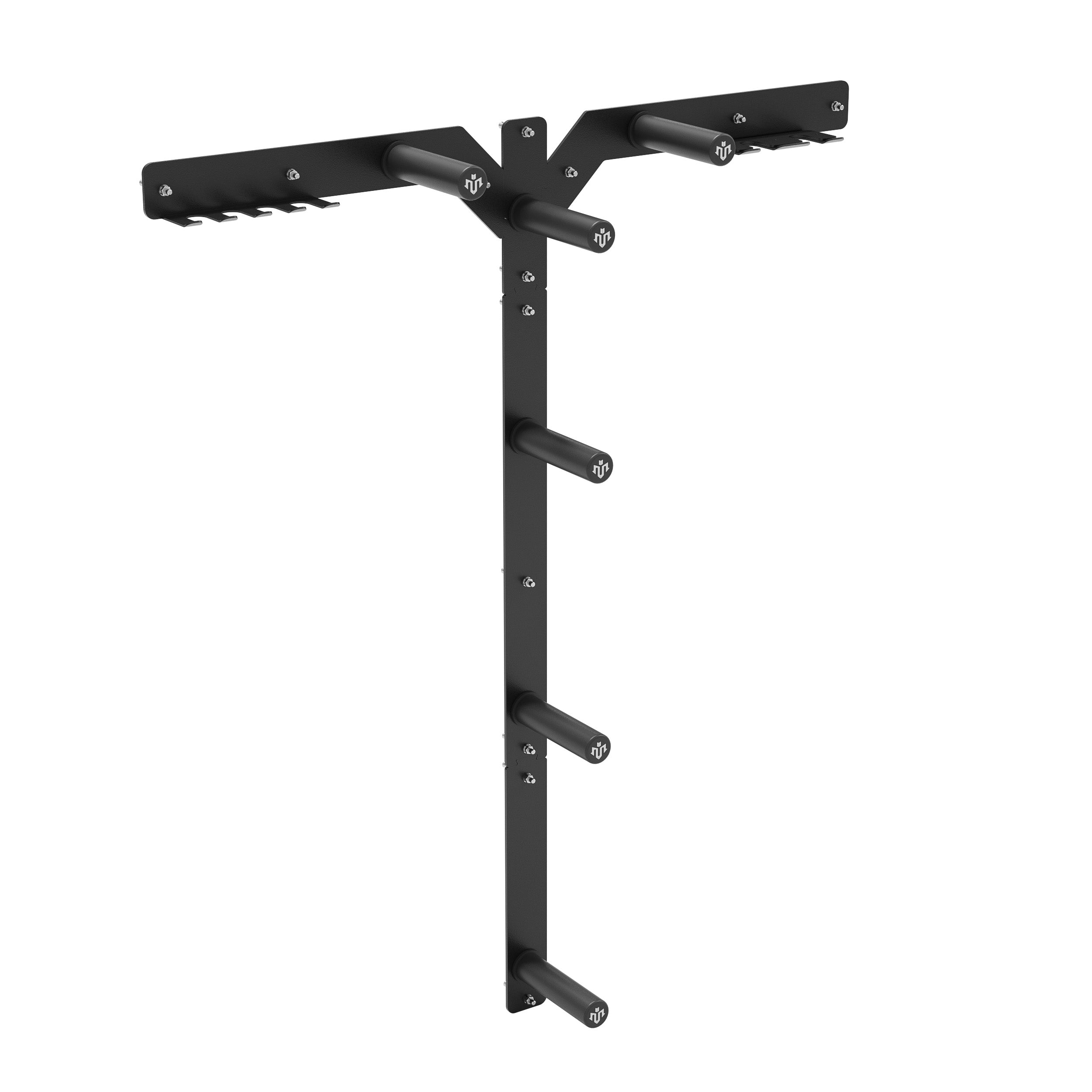




Leave a comment
This site is protected by hCaptcha and the hCaptcha Privacy Policy and Terms of Service apply.